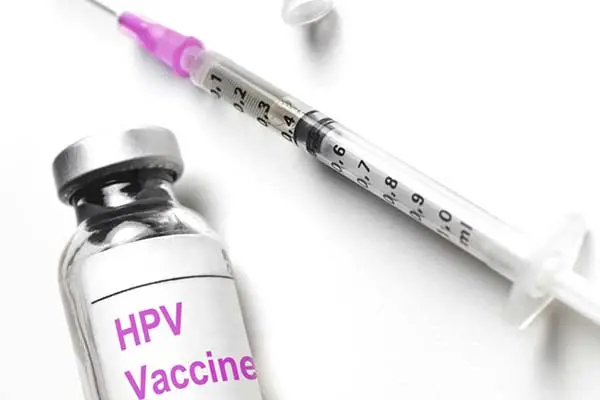A baby girl born with her heart outside her body is believed to be the first in the UK to survive with the extremely rare condition after undergoing three operations, the first within an hour of her birth.
At a nine-week scan, Vanellope Hope Wilkins was discovered to have the condition ectopia cordis, with her heart and part of her stomach growing externally.
Three-week-old Vanellope Hope Wilkins with her parents Naomi Findlay and Dean Wilkins at Glenfield Hospital in Leicester.
Her parents, Naomi Findlay, 31, and Dean Wilkins, 43, of Bulwell, Nottinghamshire, were advised “termination” was the only option, they said.
But three weeks after her premature birth, by caesarean section on 22 November, Vanellope, who is named after a Disney princess, has survived three operations at Glenfield Hospital, Leicester, to move her heart back inside her chest.
Experts, including the consultant cardiologist, have said they do not know of another case in the UK where a baby has survived such a condition.
Describing their emotions on first being told of her chances, Findlay said: “I burst into tears. When we did the research, we just couldn’t physically look because the condition came with so many problems.”
Wilkins said: “We still didn’t know what we were looking at when we saw the scan, it looked like a little hamster with a hat on.”
They decided against termination, preferring to leave it to nature, and worried throughout the whole pregnancy.
Vanellope Wilkins undergoes corrective surgery, in what is believed to be a UK first, at Glenfield Hospital.
The couple said they were told the first 10 minutes after birth were crucial as her ability to breathe would be essential. “But when she came out and she came out crying, that was it. The relief fell out of me,” said her mother. Her father said: “Twenty minutes went by and she was still shouting her head off – it made us so joyful and teary.”
Vanellope has undergone three operations carried out by a team of 50 staff at Glenfield Hospital. Immediately after her birth, she was wrapped in a sterile plastic bag. Consultant neonatologist Jonathan Cusack said: “At around 50 minutes of age, it was felt that Vanellope was stable enough to be transferred back to the main theatre, where she had been born, to the waiting anaesthetists, congenital heart disease and paediatric surgical teams who began the task of putting her entire heart back inside her chest.”
She was transferred to the paediatric intensive care unit where she was due to stay for at least several weeks while she got strong enough and big enough for her heart to be placed fully within her chest and covered with her skin.
After seven days, her chest was opened a bit more to create space to allow her heart to fit back in. In the average baby, there is an indent on the left lung which leaves space for the heart, but she did not have this. Over two weeks, her heart naturally made its way back into her chest as a result of gravity.
The latest operation involved taking skin from under her arms and moving it to join in the middle of her body. Surgeons had created a mesh that protected her heart as she did not have ribs or a sternum. As her organs fight for space inside her chest, she is still attached to a ventilation machine.
Babies born with the condition – one estimate is five to eight per million – have less than a 10% chance of survival.
Branko Mimic, the lead surgeon at the East Midlands Congenital Heart Centre, said: “Cases such as Vanellope’s, where everything else appears essentially normal, are even rarer, and whilst it would seem more hopeful she will do well, it is therefore almost impossible to be confident of this.”
Frances Bu’Lock, a consultant paediatric cardiologist at Glenfield Hospital, said she had described the chances of the baby surviving as remote. “I had seen one in foetal life around 20 years ago but that pregnancy was ended.”
Findlay said all the way through her pregnancy that she was warned the “chances of survival are next to nothing”. After the birth, she said, “I felt guilty for thinking negative thoughts because here she is fighting, and there there was I, about to give up. I’m glad I stuck to my guns not to terminate though, I’m so glad.”
Wilkins said: “I lost hope a few times, if she didn’t move I’d say: ‘Has she moved today?’ and then, the next thing, she’d suddenly move and you’d go: ‘Oh she’s heard me’.”
They named their daughter after a character in the film Wreck-it Ralph. “Vanellope in the film is so stubborn and she turns into a princess at the end, so it was so fitting. The Hope part of her name is the fact that she has brought us hope, and my mum and dad, because even they, as grandparents, thought they would never get to see their granddaughter,” said Findlay.
Wilkins said: “Some mums still terminate and if we can get out there that there is a hope, and that it can be done, then it’s giving all those mums out there a chance.” His daughter’s name was a reminder, he said, “that there is that hope”.
(THE GUARDIAN)
 简体中文
简体中文

